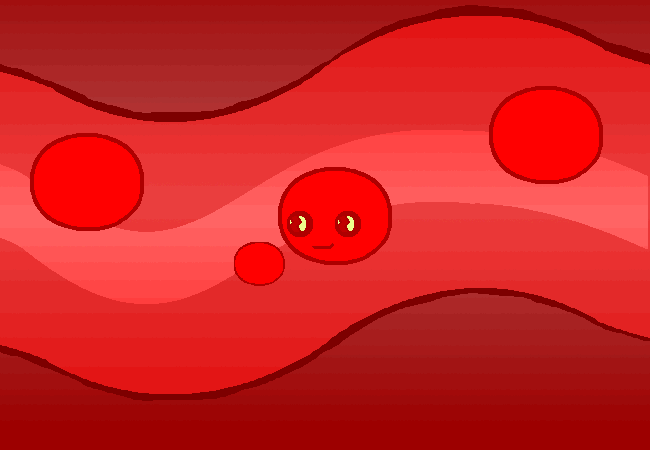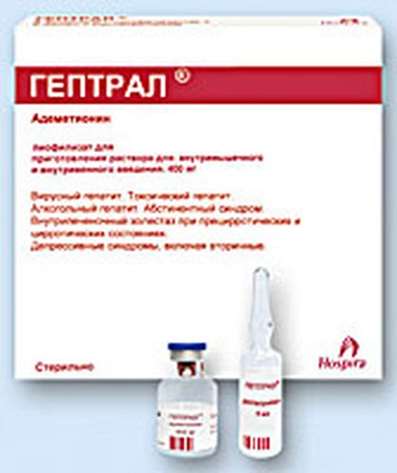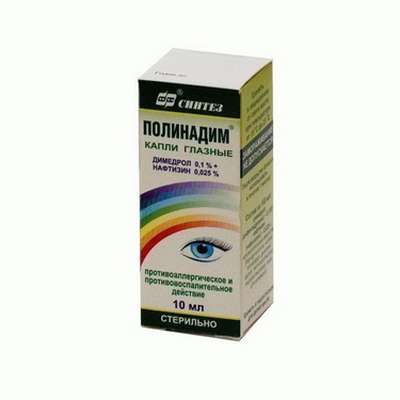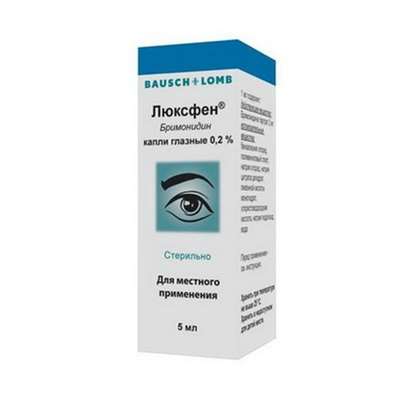Artificial blood
29 Dec 2016
Biophysicist Dr. Doping speaks of blood problems, growing and programming of new cells from the stem and prototypes synthetic platelets.

Currently, there are two options for the production of artificial blood cells - red blood cells is grown in vitro, or completely artificial objects blood cell functions.
Milieu intérieur
The first organisms on Earth were single-celled. As soon as any multicellular, they had a transportation problem, because it is necessary to deliver nutrients to every cell. Some organisms have solved this problem as a sponge by pumping large volumes of water through itself so that every cell was in contact with the external environment. Other, apparently trying to be as flat for the same purpose. But in order to get a true multicellular (or multi-tissues), came only the most effective option - liquid internal medium that carry nutrients and carries away wastes. However, as soon as the first organisms that have had such an internal environment, they were immediately necessary mechanisms to protect this valuable fluid leaking from her and invading aliens in wounds.
Initially engaged in the protection of the same cell, which is often called amebocyte. Different invertebrates living now, these cells are called differently depending on their structure and type of the internal environment (or medium). With regard to all those who have hemolymph, use the word "Hemocit", and sea urchins, for example, emit coelomocytes, but more or less universal name - amoebocyte. In fact, there is even amoebocytes sponges, and then there is a complete analogy with human society: as soon as the company with any complex structure, as soon as there is a division between those who work and those who protect and restore order. We also have a sponge and fixed cells, and mobile amoebocytes.
As soon as a full-fledged internal environment, amoebocytes it becomes extremely important. They swim in this environment and regeneration engaged by analogy with our stem cells, or hunt for microbes, as our white blood cells. And when there is damage, they sail under its own power to the injury site and plug it, almost like our platelets. But the oxygen they do not spread: in invertebrates pigment for transport is dissolved in the hemolymph, or like insects, oxygen is used to deliver the trachea. Thus amoebocytes may generally be of different types and perform different tasks depending on maturity, but drastic differences between them.
In vertebrates, the situation is more complicated, because they have too high a flow rate and pressure, and the protective cells may not themselves sail to the site of injury. In addition, the vertebrate need more oxygen, which means that merely dissolve oxygen carrier in blood is not obtained. It would be too much, and the blood is too thick, so it must be packaged in some "bags". immune system, too, has become much more powerful, and as a result we have, vertebrates, especially mammals, development amebocyte happened to a few highly dissimilar branches. This blood cells: erythrocytes, platelets and leukocytes. Although modern otherness, they still are one predecessor, because originally it was one and the same cell.
All three cells specialize in certain tasks: the white blood cells involved in immunity, red blood cells carry oxygen, and platelets cover their bodies the injury. Now the mode of overlapping the injury has changed radically since the platelets at our speed of blood flow can no longer themselves to sail. On platelets have receptors - special molecules that, when platelets are carried by the blood stream, clinging to the injury site. They attach to collagen at the site of damage, stuck there, and the next platelets cling to those already stuck. It begins to form aggregate platelet plug that covers the wound. Naturally, a large wound in the artery tube itself does not override, and the wound will need to bandage or sew (have further bleeding stop system), but with all the small injuries that we face in the course of ordinary life - scratches, injections, bites, bruises - this system handles.
We can reproduce the elements of this system are now: in the last 5 years, we have become much better understand it. We know what proteins platelets are attached to each other for what they cling to receptors of collagen, which in the composition of lipids accelerate platelet clotting reactions on their surface. Now it can be a good mimic, because to perform most of these functions do not need to have a full cage - you can take a liposome capsule, or albumin (usually nanocapsules size of hundreds of nanometers) and paste it in the desired proteins.
But some things you can do platelets, so we can not do. For example, platelets are in their granular growth of at least seven factors are engaged regeneration damage. In addition, platelets are able to be activated, to switch to the new regime and as a result better than to cling to each other - is difficult to implement with the help of liposomes such properties of these platelets.
However, now (in fact, more than 10 years ago) there were the first versions of the artificial platelets, which reproduce part of platelet function, and in the first place, they are several receptors that allow them to be secured for the few platelets, which remained in man. On a fairly large amount of material in animals and in the early stages of clinical trials, such artificial platelets successfully stop bleeding from wounds. However, to carry out such procedures, when the body does not remain the property of platelets in general, it does not, but it happens rarely.
The need for blood and artificial blood
The lack of platelets in humans occurs for several reasons, which can be divided into two categories. The first category - a chronic disease, when a person do not work their own platelets. For example, a mutation has occurred and there is some protein, or a problem with the production of platelets and develops some variant of anemia, or developed antibodies and began killing their own human platelets. In such cases, to transfuse platelets in the long term often contraindicated, because such people should be treated consistently, and live with strangers platelets constantly is impossible: every transfusion - is an infection risk, acute immune response or production of antibodies. These risks are not very big, but sooner or later the fear may be justified when frequent transfusions. In severe cases, these patients still makes only a transfusion of platelets and completely artificial cell, where the risks of infection and some others can be reduced to zero, we can help these people to move some operations to at least the tooth could pull out without the risk of death.
To treat anemia usually use – Cyanocobalamin, Dexamethasone injections.
The second scenario shortage of platelets - this acute situations: trauma, surgery volume, bone marrow transplantation, chemotherapy, premature birth, and a sudden drop in the number of platelets due to the bleeding which begins in mucous or threatens intracranial bleeding. These people definitely need to transfuse platelets, but due to the fact that these cells are very capricious, kept only a few days, and almost do not tolerate frost in all hospitals where there is their big stations of blood transfusion, platelet always have problems.
Donor blood cells and solutions for transfusion
Any blood cells can be obtained from a donor, theoretically - in any amount. But the donor cells there are several fundamental problems, and the first - it is the risks of infection and immune responses, which in principle can not be prevented for certain types of cells, such as platelets, because we are now able to determine the infectivity of blood with absolute reliability. That is not determined by those viruses concentrations at which they become infectious. For other possible quarantine of cells when the cells are allowed to cryopreserve and deal only a few months, making the same donor re-analysis to check whether not start to develop the disease. There are ways to inactivate viruses in blood products, but all the possible viruses, prions or other pathogens check or destroy impossible for any cell type. In addition, there unpredictability immune responses, which could be dangerous, especially for people with health problem.
The second problem of donor cells is that they are poorly stored, and platelets in this respect are the worst. In some cases, such as white blood cells, there are other difficulties: transfuse someone else's white blood cells, in principle, quite risky, because it is the immune system cells that are ground out to kill someone else and help her. There are special leykokontsentraty and methods to determine compatibility in order to minimize the risks, but it is quite difficult. So now the blood cells observed the following distribution: first, blood no one ever pours - simply because it is very dangerous and, most importantly, never need. Sometimes the doctor come to such despair in order to save people's lives during the complete absence of blood products, but generally this practice is completely prohibited. Most often, people just poured special solutions to compensate for the volume of blood (saline or other), because it is the first thing to the loss of blood, or the heart can not cope. In the second place with more severe blood loss occurs, or fresh frozen plasma transfusion needs, in order to solve problems with clotting. In the third place, if a person does not have enough hemoglobin, the red blood cells can be transfused. Oddly enough, it is necessary not so often: our blood is designed for the transport of oxygen to the huge stock, ten times more than a person needs, quietly lying in the intensive care unit. Finally, in certain situations, human platelet transfusions, for example, when he is after a bone marrow transplant, he at first does not work hematopoiesis. In general, each set of cells is poured under different circumstances, in different conditions, and each has its own set of problems.
Artificial blood cells
Two of the most problematic point - it platelets and white blood cells. In the production of artificial platelets now there is competition between the two embodiments described above. Any commands that do already platelets from stem cells. The advantage of this option is that you can take stem cells or even reprogram other cells in the intended recipient, and for him to do the "native" platelets. The problem is the cost and performance: Now this method performance tends to zero, and the cost is quite exorbitant. In addition, there are serious doubts whether these platelets are true: cells are obtained, similar to the platelets, but in vitro is very difficult to reproduce the whole process of maturation of the platelet. There are works that show that these cells for some items do not coincide with normal platelets, so it turns out that, on the one hand, long-term production of artificial platelets from stem cells is a very attractive way, which can give perfectly compatible and complete platelets, but on the other hand, this way is very, very far, though fundamentally works.
Besides the cultivation of platelets from stem cells have the options of manufacturing a completely artificial platelets. Usually this lipid microspheres or protein nanocapsules, which have a set of proteins that provide functions similar to the platelet. Such objects may form aggregates with platelets and overlap the wound. Prototypes of such artificial platelets have been around for about 15 years, some of them reach the second stage of clinical trials, but have not yet made their way into clinical practice. However, the technology in the near future may give a very real product; now there is a competition between a number of leading companies, creating different versions of platelets. Most likely, in any case he will lose something real platelets, as he almost certainly missing some features full of cells that are actively involved in the regeneration and immunity. But he can stop the bleeding, and this is important. It will be very convenient for use thing - something like the powder in the bank that can stand on a shelf, and if necessary, diluted with water and overflow, for example, on expeditions, in the military field, with global catastrophes check compatibility without the need or have the handy sophisticated equipment.
Perhaps platelets - the most interesting, popular and a real object in terms of the creation of artificial blood cells in every sense. Worst of all is the case with leukocytes. Immunity - is a complex system, which we are not yet able to establish from scratch. Creating a fully synthetic analogue of leukocytes, as discussed above for platelets and red blood cells, while it seems science fiction - or rather, analogues, because many types of white blood cells, each of these advanced features. leukocyte production of stem cells seems a little more realistic, and the work in this direction go. Complete neutrophils have learned to do over 10 years ago. But there are a lot of obstacles: one must be able to produce enough of each type, and then teach these cells do not attack the host. Theoretically, these problems can be solved, but the difficulty here is more serious than platelets. Currently, a lack of white blood cells try to treat drugs that stimulate their development. In the short-term cases, you can go to use leykokontsentratov risks, and in severe cases of immunodeficiency (or when the problem is not only with the number of cells, but also to the presence of defects) have to go to a bone marrow transplant.
can be done to replace the red blood cells - and the people are engaged in it - a variety of options for artificial oxygen carriers, but it is in some ways the least interesting challenge, because there are donor cells, there perftoran and its analogs. Perftoran, often called "blue blood" - a well-known oxygen carrier being designed in Russia. In addition, the red blood cells carry great cryopreservation, which not only allows you to create large reserves of blood cells and transport them anywhere, but also means that a person can take the red blood cells, and six months later to check up, whether manifested in this human AIDS, HIV. This quarantine of minimizing the risk of disease. If we talk about the blood plasma, it is replaced by natural plasma, with its variety of functions possible, although now are artificial solutions for transfusion with the correction of the individual functions.

 Cart
Cart





